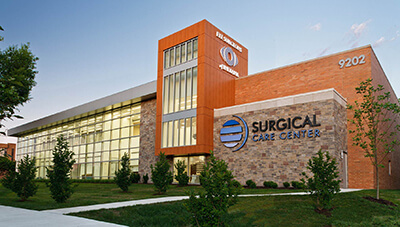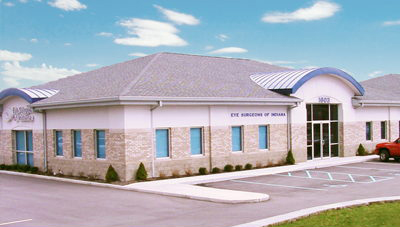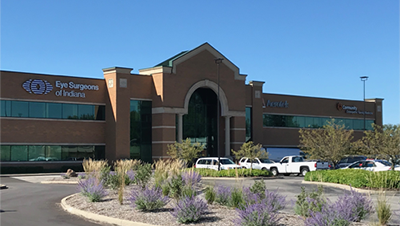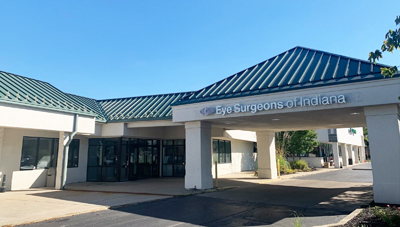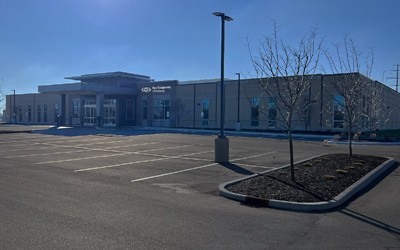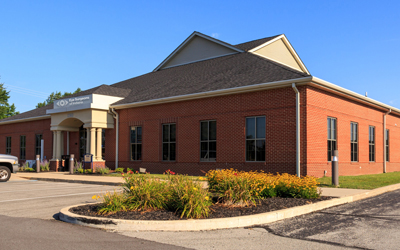RxSight Light Adjustable Lens
The Light Adjustable Lens (LAL) is the world’s first lens implant that can be truly customized to your eye and visual requirements. With the LAL, you can test different vision settings, allowing you to achieve your personal ideal eyesight and reducing or even eliminating the need for eyeglasses in most daily situations. Eye Surgeons of Indiana is one of the first in the country to use the LAL technology and have performed the most implants in Indiana.
The unique feature of the Light Adjustable Lens (LAL) is that the shape and focusing characteristics can be changed after implantation in the eye using an office-based UV light source called a Light Delivery Device or LDD. The Light Adjustable Lens itself has special particles (called macromers), which are distributed throughout the lens. When ultraviolet (UV) light from the LDD is directed to a specific area of the lens, the particles in the path of the light connect with other particles (forming polymers). The remaining unconnected particles then move to the exposed area. This movement causes a highly predictable change in the curvature of the lens. The new shape of the lens will match the prescription you selected during your eye exam.
How does the Light Adjustable Lens work?
Once the LAL is in your eye and has healed, your surgeon will use a Light Delivery Device (LDD) to finely tune the lens’s power (prescription). You may have up to three adjustments to find the best vision for you. Between these adjustments, you can preview your eyesight and compare different prescriptions. While it may take a few treatments to perfect your results, each adjustment brings you closer to achieving your desired vision.
Who is a good candidate for the Light Adjustable Lens?
Most patients are ideal candidates for the LAL, especially those seeking the most precise vision and aiming to eliminate the need for eyeglasses. However, you should not receive the LAL if you have:
- Significant pre-existing macular disease
- Sensitivity to UV light
- Uncontrollable eye movements
- A history of herpes in the eye
Additionally, you need to be able to closely follow your eye doctor’s instructions. After receiving the LAL, you must wear special UV-protective glasses for approximately four to six weeks. If you are not prepared to adhere to these instructions, you should discuss alternative options with your doctor.
What makes the Light Adjustable Lens different from other IOLs?
During cataract surgery, your clouded lens is replaced with an IOL, which effectively removes cataracts but often still requires patients to use glasses afterward. While other IOLs do not offer post-healing adjustment and it’s difficult to predict how your eye will heal, the Light Adjustable Lens (LAL) is different. As the first and only adjustable IOL, the LAL allows you to customize your vision based on your needs and desires even after it has been implanted in your eye.

